In April, the sun begins to spread its golden rays over the ancient Thang Long Imperial Citadel. Domestic and international tourists line up to visit and take photos at famous locations of the relic site recognized by UNESCO as a World Cultural Heritage in 2010. Located deep inside the Imperial Citadel, the famous house and bunker, associated with the historic period of resistance against the US to save the country, seem to be more visited today. That is "House - Bunker D67".
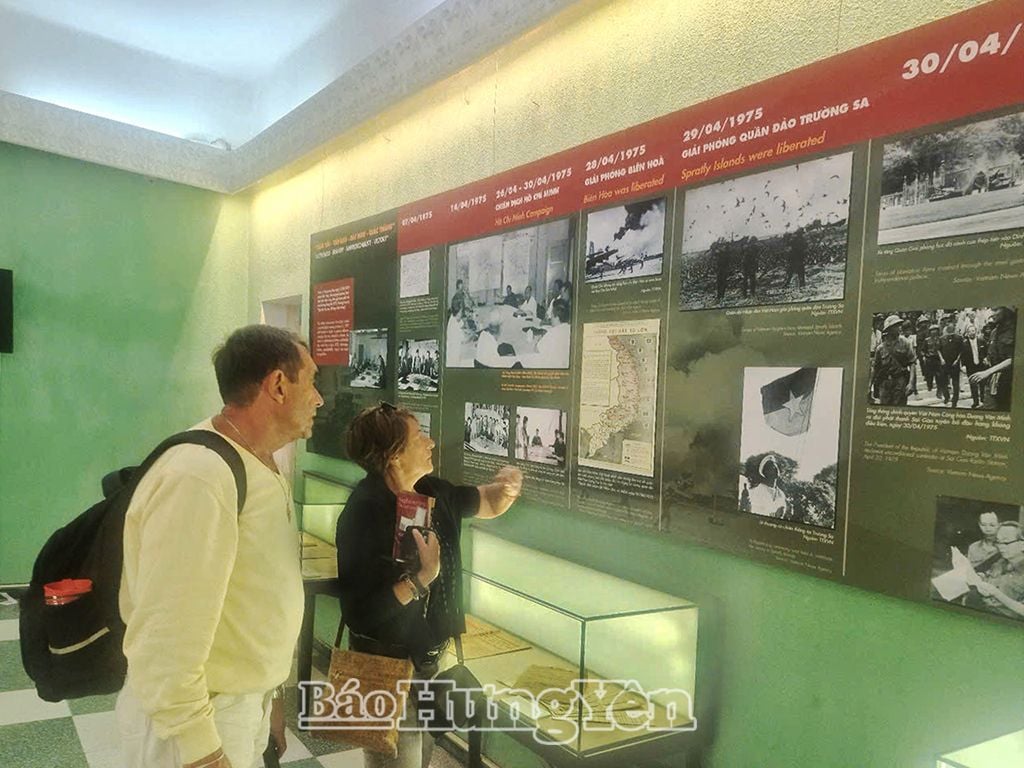
Mingling with the tourist group, I heard the tour guide introduce in a deep, attractive voice: “Since 1966, the US imperialists began using the air force to bomb and destroy the capital Hanoi. Faced with increasingly fierce destruction, in order to ensure the safety of the General Headquarters' workplace, in 1967, the superiors decided to build a house in area A, located within the Hanoi Citadel. Because the house was designed and built in 1967, it is called House D67. This historic house is associated with the activities of the Politburo, the Central Military Commission, the Minister of National Defense , and the Chief of the General Staff of the Vietnam People's Army. In the House D67 area, a basement was also designed and built to hold meetings and work of the Central Military Commission, also built in 1967, so everyone calls this area "House - Bunker D67". This area is a basic element of the General Headquarters during the war. "resistance war against America, save the country"...
I was so engrossed in listening to the tour guide's introduction that after just a few minutes of walking on the ancient brick floor, through a few bends under the cool shade of trees, House D67 appeared before my eyes. My first impression was that the house was simple, built low, solid, painted yellow that had faded with time. Although I was absorbed in looking, I still managed to hear the tour guide introduce to the tourists: "It looks simple, but these walls are up to 0.6 m thick, with a solid steel door system and a very scientifically designed underground tunnel system. The walls are soundproof, the doors have 2 layers, the outer layer is made of 1cm thick steel plates. On the roof there is a layer of sand, which can prevent rocket fragments and regular bomb fragments. That is why this place has become a secret, solid "fortress", safely protecting the strategic brain of the resistance war against America, saving the country and will be used forever after".
Right in the middle of House D67, I saw a prominent red sign: Meeting room of the Politburo and Central Military Commission with golden letters. Going deeper inside with the crowd, I saw many battle maps of the years of "boiling water and fire" hanging on the wall. In the middle of the room was a long wooden table, on which were signs of the names and titles of high-ranking leaders of the Party, State, and army during the period of 1968-1975. Next to the large meeting room in the center of the house were the private offices of General Vo Nguyen Giap and General Van Tien Dung, two historical figures who played extremely important roles in the campaign to liberate the South. Looking at the rooms, with the dusty combat maps, the ink lines blurred by time, and the neatly arranged living and meeting items, I imagined the meetings, exchanges, and discussions of the supreme leaders of the Party, State, and army to make wise, correct decisions, of historical significance. In particular, on December 18, 1974, this was the place where the expanded Politburo Conference took place to decide on the plan to completely liberate the South and unify the country. When mentioning the liberation day, almost every Vietnamese person knows, but about the place where the decision to liberate the plan was made, not many people know that it originated from this house D67!
After visiting the main rooms of House D67, I walked down the old, deep brick steps, only wide enough for two people to pass each other, with a dull white light on the wall, and went down to visit Bunker D67. According to the guide, the bunker was 9m deep, the bunker door was made of steel plate, solidly built to withstand bombs. The bunker had three staircases leading up and down, leading to different directions, including the door leading to House D67. This was the meeting place of the Politburo and the Central Military Commission when necessary.
Just like the scene in House D67, in the basement, there are still many military equipment and supplies serving conferences, meetings, and exchanges of Party, State, and military leaders during the period when the resistance war against the US, saving the country, entered its fiercest period, with the most fervent spirit and highest determination. Looking at the simple items, the simple wooden tables and chairs that the highest leaders of the Party and State used, both domestic and international guests were full of admiration and admiration. All had the same affirmation: It was that simplicity and plainness that created invaluable intellectual strength! And that strength was transmitted and spread strongly to the battlefield, directly contributing to important victories, the climax of which was the great victory day of April 30, 1975, bringing the country back together.
Source: https://baohungyen.vn/ngoi-nha-cua-nhung-quyet-dinh-dac-biet-3180842.html


![[Photo] Prime Minister Pham Minh Chinh meets with Hungarian President Sulyok Tamas](https://vphoto.vietnam.vn/thumb/1200x675/vietnam/resource/IMAGE/2025/5/29/dbcaa73e92ea4448a03fe1d0de6d68e8)


![[Photo] Prime Minister Pham Minh Chinh receives leaders of Excelerate Energy Group](https://vphoto.vietnam.vn/thumb/1200x675/vietnam/resource/IMAGE/2025/5/29/c1fbe073230443d0a5aae0bc264d07fe)

![[Photo] Vietnamese and Hungarian leaders attend the opening of the exhibition by photographer Bozoky Dezso](https://vphoto.vietnam.vn/thumb/1200x675/vietnam/resource/IMAGE/2025/5/29/94d8ceca5db14af3bf31285551ae4bb3)
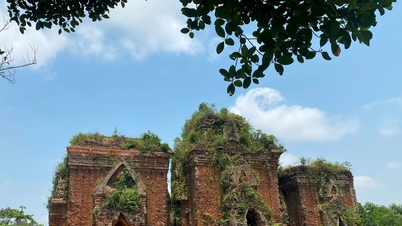





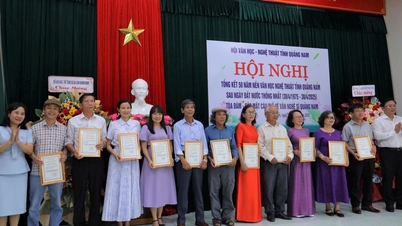
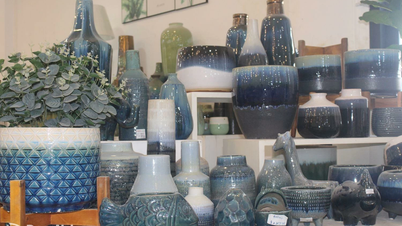

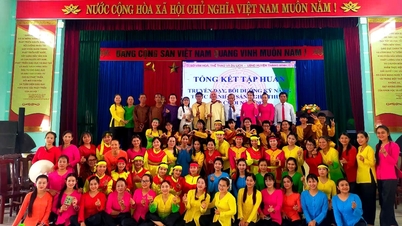




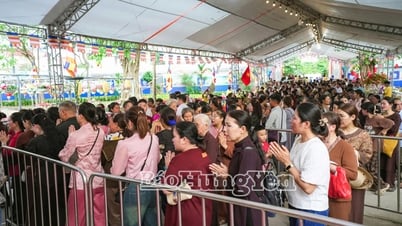
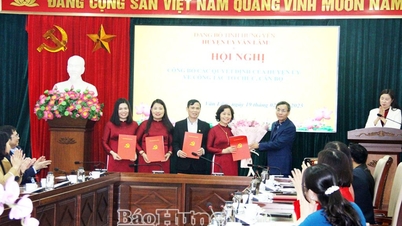
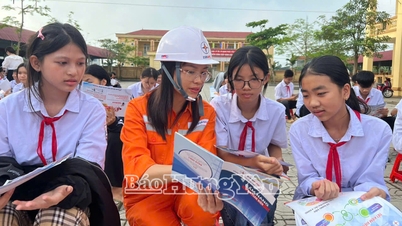

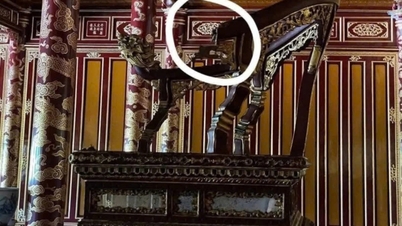











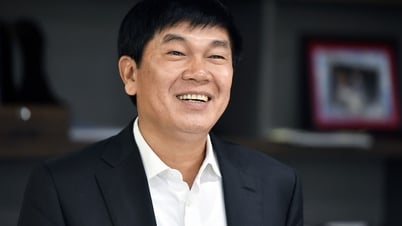















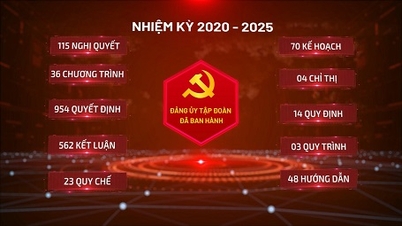


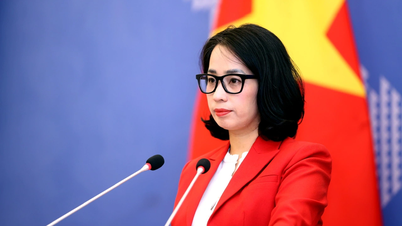


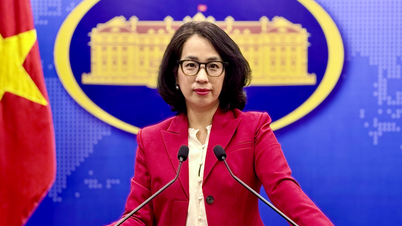




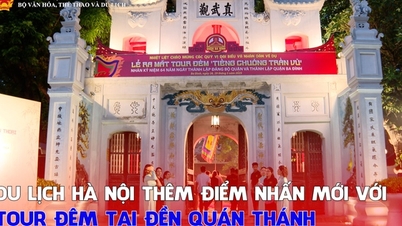
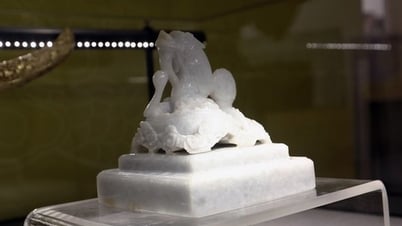
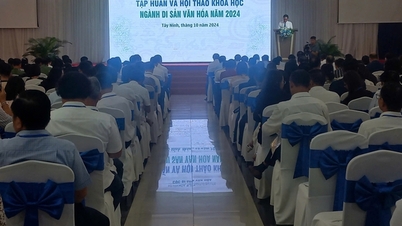
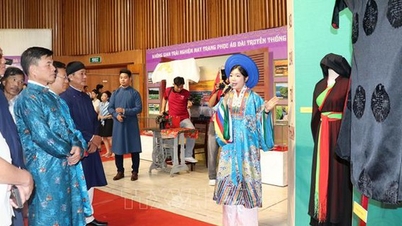
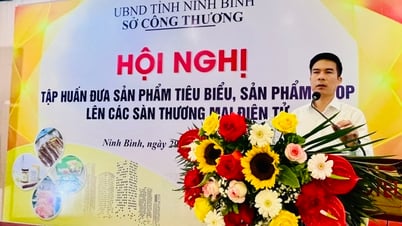

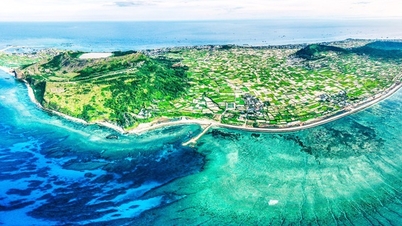
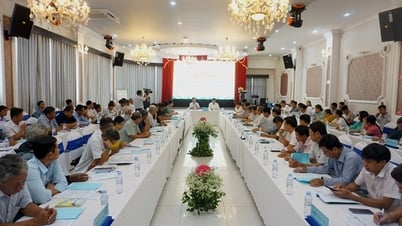
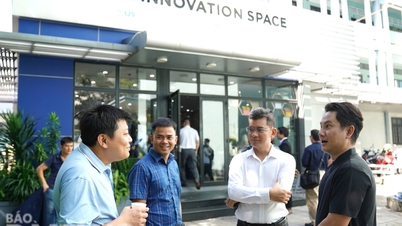

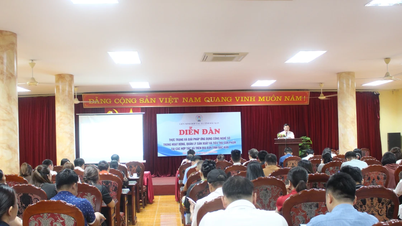

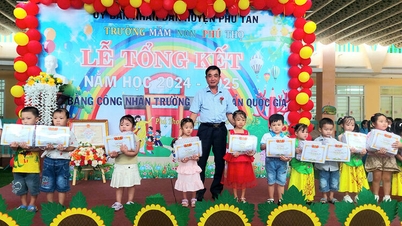

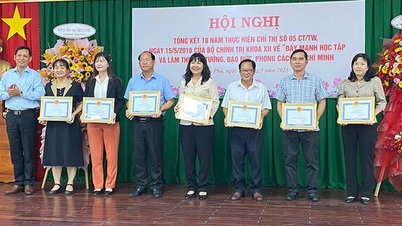
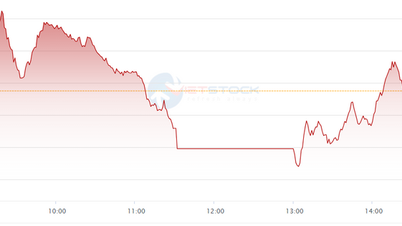










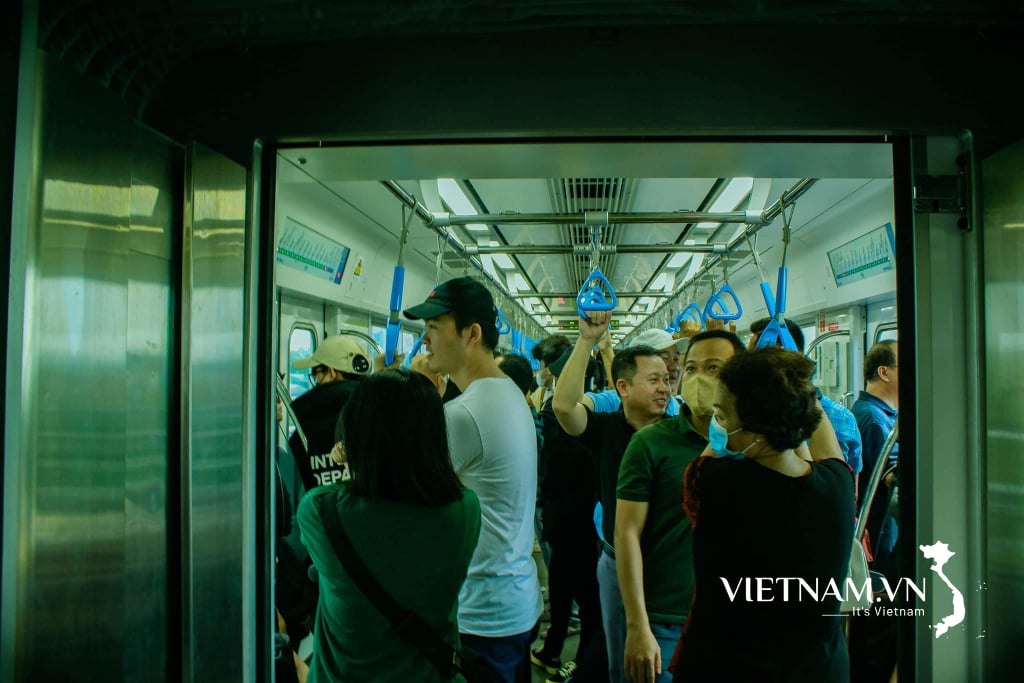
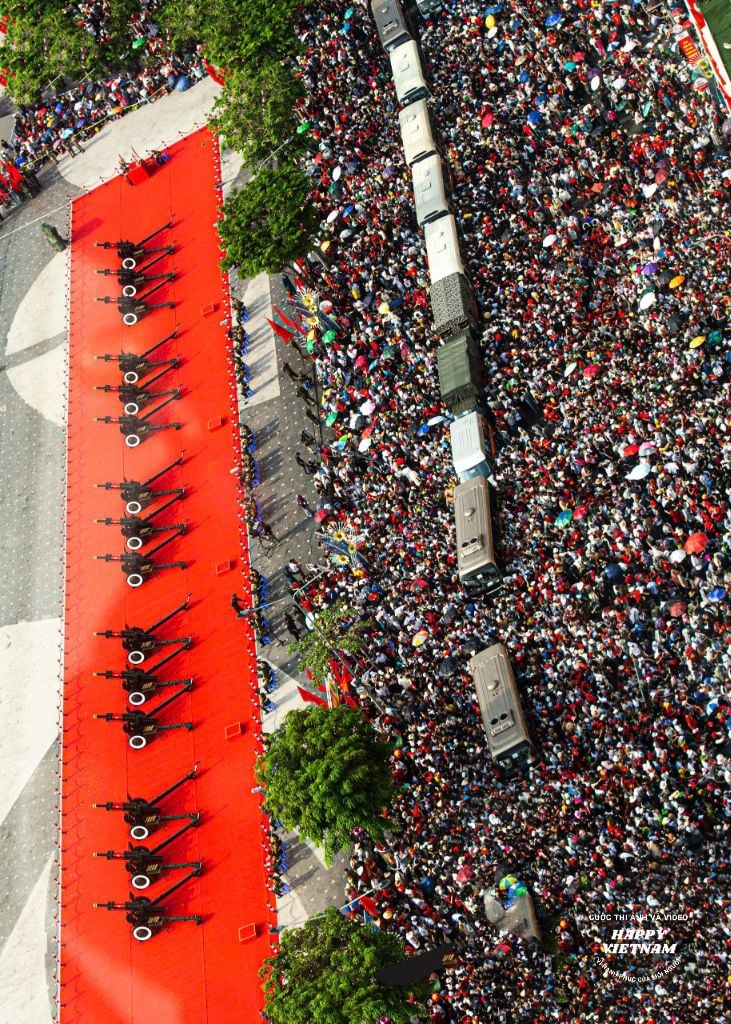
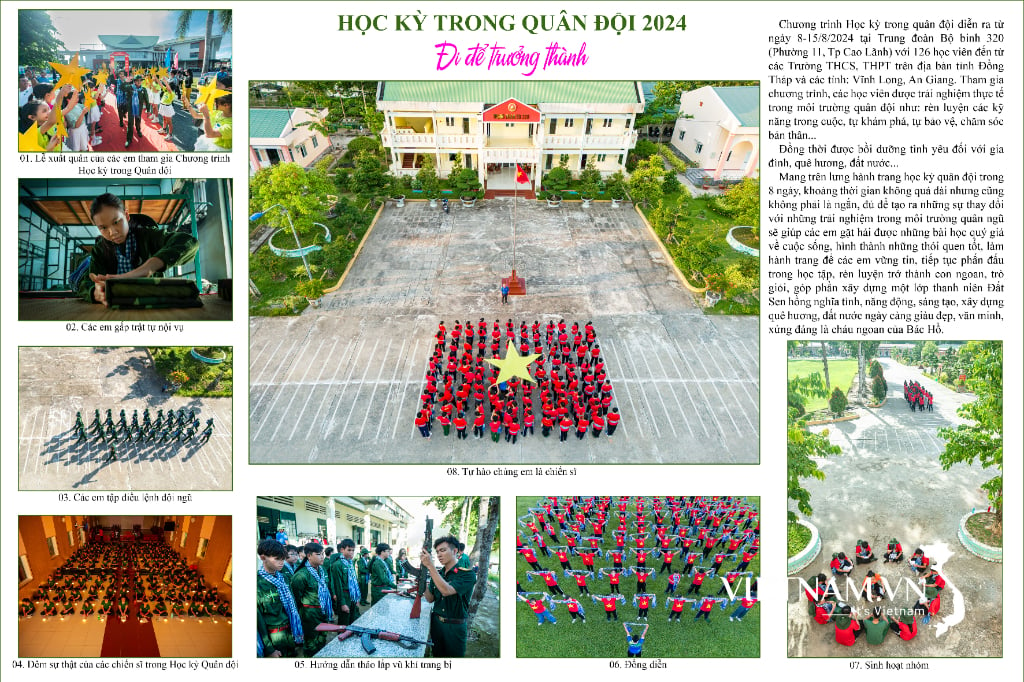
Comment (0)